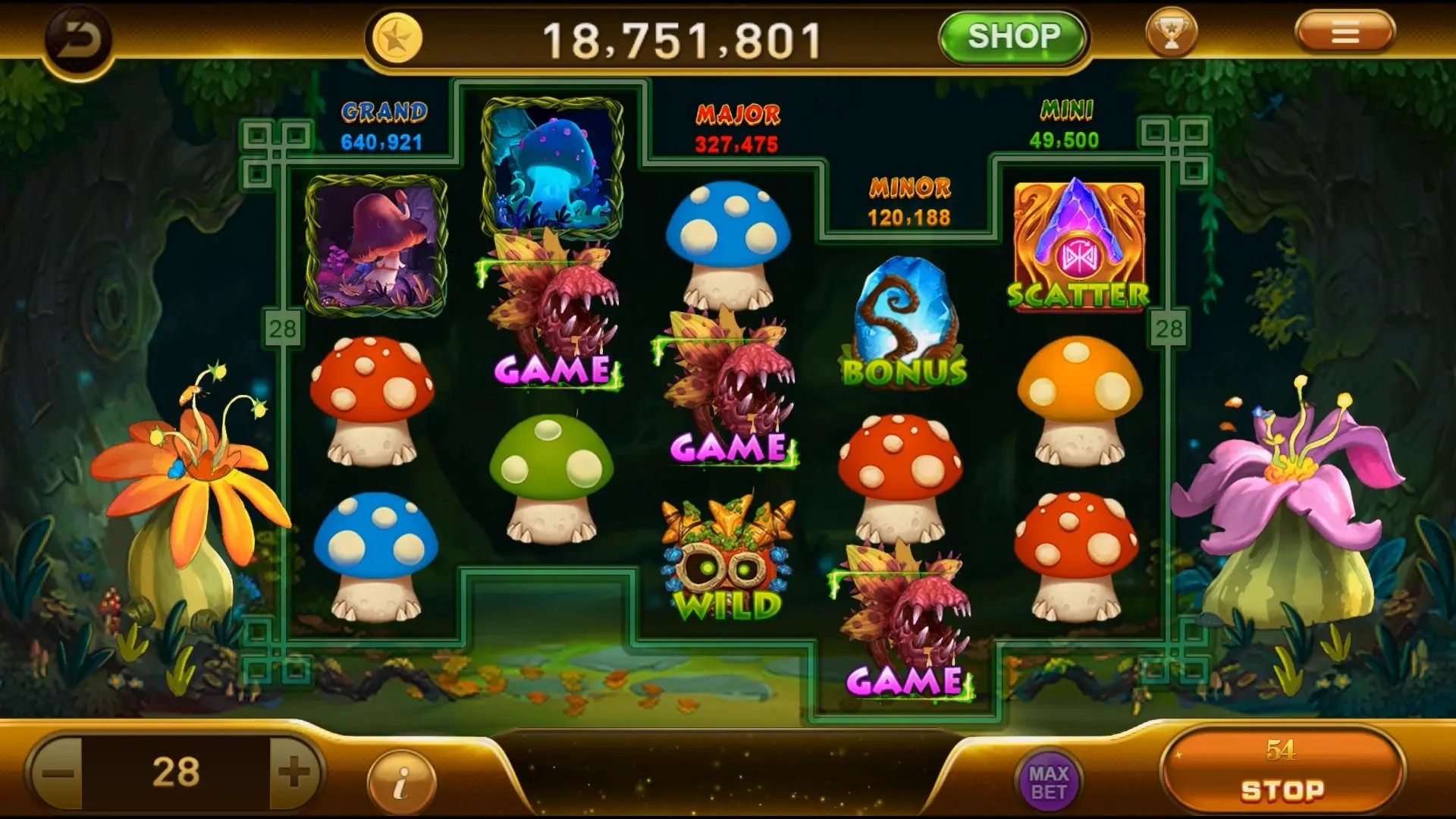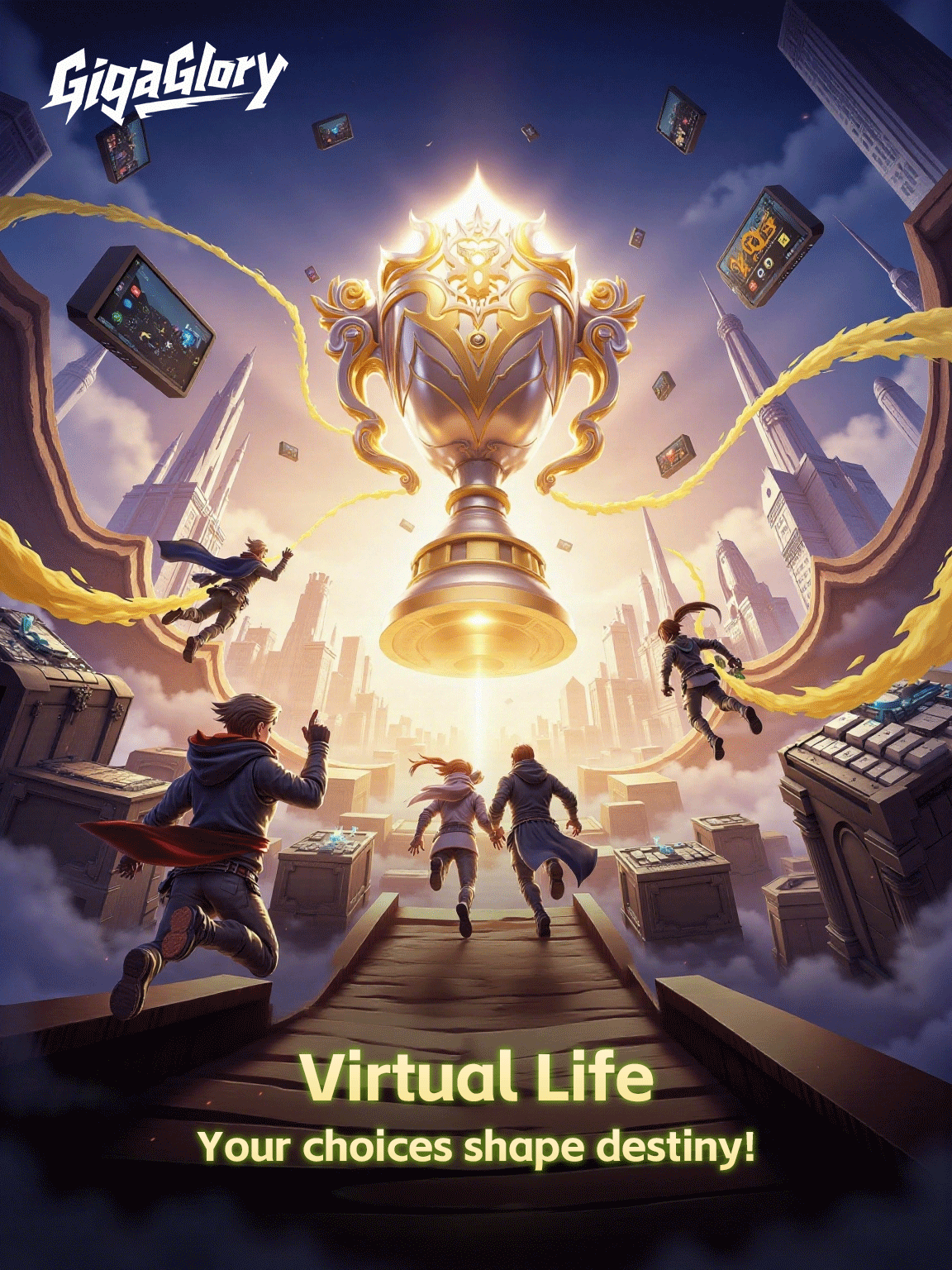Why Hyper Casual Games Are Revolutionizing the Building Games Genre
In the colorful world of gaming, building games have often embraced complexity and depth. Yet, with the rise of hyper casual games, a new breeze whispers through the genre, transforming how we engage with game mechanics and creative expression. What is it about these light-hearted games that captivates players, drawing them into a lavish landscape where simplicity meets innovation? This exploration sheds light on their impact and why they are becoming the heartbeat of building games.
A New Era of Simplicity
The very essence of hyper casual games lies in their ease of access. Unlike intricate titles like Clash of Clans, which requires dedication to master, hyper casual games serve up immediate gratification. They invite players to build, create, and destroy with just a few taps. This simplicity does not sacrifice depth; rather, it democratizes gameplay, allowing a broader audience to dip their toes into the crafting universe.
Key Features of Hyper Casual Games
- Ease of Entry: Players can start immediately without extensive tutorials.
- Short Play Sessions: Ideal for quick breaks, they cater to busy lifestyles.
- Engaging Mechanics: Simple rules allow creativity to flourish.
The Allure of Instant Creativity
It’s fascinating how these games embrace the notion of instant creativity. Hyper casual experiences often grant players the tools to sketch out their dreams in vibrant terrains. Imagine constructing magnificent structures or launching virtual landscapes, all during a fleeting coffee break. The odds of becoming the next master architect have never felt so approachable!
Consider this table highlighting the contrasts between traditional and hyper casual building games:
| Characteristic | Traditional Building Games | Hyper Casual Games |
|---|---|---|
| Learning Curve | Steep | Gentle |
| Time Investment | High | Low |
| Target Audience | Casual Gamers | Everyone |
This Shift in Gaming Culture
The seismic shift towards hyper casual games signals a cultural transformation in how we perceive gaming. No longer is it solely about conquering challenges or leveling up; it’s about sharing experiences, making connections, and unleashing creativity in an unpredictable arena. Players are no longer just participants; they are artists, architects, and story-weavers in their virtual domains.
In Brazil, where mobile gaming is booming, this trend resonates deeply. The love for building games reflects a desire for freedom and expression. Through the lens of hyper casual gaming, we can observe a marvelous evolution—one where players build not just realms, but community.
FAQ
- What are the best RPG games on PS1?
- Some popular titles include Final Fantasy VII, Chrono Cross, and Legend of Legaia.
- Can hyper casual games be played offline?
- Many hyper casual games offer offline play, allowing for enjoyment anytime, melding seamlessly with daily life.
- What makes building games popular in Brazil?
- They foster community, encourage creativity, and engage social interaction, making them a hit among Brazilian gamers.
Conclusion
The marriage of hyper casual and building games heralds an extraordinary evolution in the gaming landscape. Empowering players with tools to create, connect, and share their creations, these games are not mere entertainment—they are gateways to new collaborative adventures. From quick picks to immersive experiences, hyper casual games are indeed revolutionizing the way we think about and play building games. So let’s embrace this wave and dive into the delightful worlds being crafted at our fingertips.



